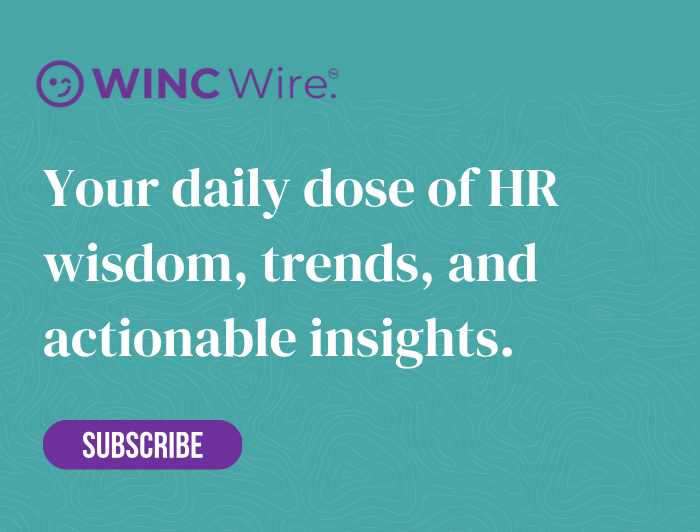Unconscious bias operates like background music in a restaurant; you don’t consciously notice it, but it shapes the entire atmosphere. In recruitment, it manifests not through deliberate discrimination, but via snap judgements influenced by assumptions and personal preferences that have little bearing on actual capability. For HR professionals building resilient organisations, overlooking bias during recruitment creates cracks in the foundation of genuinely inclusive cultures.
Throughout my career, from precision-driven manufacturing environments to relationship-focused service industries, I’ve witnessed how unchecked unconscious bias can derail even the most thoughtful people’s strategies.
Here’s how your HR team can elevate operational excellence whilst creating genuinely equitable hiring practices:
Language Speaks Volumes: Transform Your Job Descriptions
Job descriptions serve as your organisation’s first handshake with prospective talent. Like a hotel’s lobby design, they immediately communicate what candidates can expect from your culture.
Word choice carries weight. Studies reveal that masculine-coded language, such as “aggressive” or “dominant”, inadvertently discourages female applicants, whilst collaborative terminology like “supportive” and “team-focused” appeals more broadly. Consider deploying inclusive language analysis tools to identify and eliminate gendered phrasing. It’s a straightforward operational adjustment that delivers significant cultural returns.
More importantly, pivot from exhaustive requirement lists towards describing actual role impact, daily contributions, transformation opportunities, the meaningful legacy someone could build. Here’s reality: exceptional candidates frequently eliminate themselves when they don’t meet every criterion. That’s talent walking away before you’ve even had a conversation.
Mirror Your Aspirations: Create Representative Hiring Teams
Want to eliminate bias? Ensure your hiring decision-makers bring diverse lived experiences to candidate evaluation. A representative HR team doesn’t just demonstrate inclusive values it provides richer perspectives and enhanced empathy during assessment processes.
Whether you’re expanding from 20 to 300 people or refining an established organisational culture, diversity at decision-making levels signals that inclusion isn’t a programme it’s operational DNA. Partnering with HR recruitment specialists who grasp this principle helps prevent bias from infiltrating your process from the outset.
Much like skilled hospitality professionals intuitively understand guest needs, HR practitioners from varied backgrounds often connect more authentically with candidates, particularly those from underrepresented communities.
Measure What Matters: Track Your Progress
Good intentions won’t shift outcomes. If bias reduction is your objective, begin by defining what success actually looks like. Establish diversity targets and consistently monitor progress towards achieving them.
Deploy both quantitative and qualitative measurement approaches surveys, structured interviews, thematic analysis to identify where bias might infiltrate your processes. This isn’t about creating compliance documentation; it’s about ensuring your decisions authentically reflect your stated values.
You wouldn’t launch a product without performance metrics don’t attempt inclusive hiring without accountability measures that keep you honest.
Knowledge Before Action: Prioritise Inclusion Education
Before recruitment begins, ensure your people possess the right capabilities. Training covering unconscious bias, inclusive communication, and cultural competency should be standard practice, not optional extras.
Interactive learning formats and accessible digital programmes help embed these principles organisation-wide. However, education must penetrate leadership levels. Cultural tone originates from the top. When senior stakeholders from chief executives to department heads actively champion diversity, it becomes a lived experience rather than policy rhetoric.
Sustainable cultures of excellence emerge when leadership demonstrates commitment through actions, not just budget approvals.
Level the Playing Field: Implement Blind Recruitment
Sometimes the most effective solutions are surprisingly straightforward. Blind recruitment stripping names, ages and identifying details from CVs can fundamentally shift equity outcomes.
Delegate application anonymisation to someone outside your hiring panel. Utilise standardised formats and replace personal information with reference numbers. This enables hiring teams to concentrate purely on competence, experience and potential contribution.
This isn’t about concealing identity, it’s about neutralising unconscious filters we all possess. When you remove those mental blinkers, you unlock access to talent that might otherwise remain invisible.
The Bottom Line: Shape Your Cultural Legacy
Creating inclusive hiring practices isn’t a straight line, and it won’t always feel comfortable. However, by systematically addressing unconscious bias in recruitment from our language choices to our evaluation systems, we achieve more than diverse teams. We construct environments where people flourish because of their authentic selves, not despite them.
In our rapidly evolving workplace landscape, the wisest investment isn’t technology or benefits packages, it’s developing recruitment processes that embody the forward-thinking, people-centred philosophy your organisation wants to represent.






